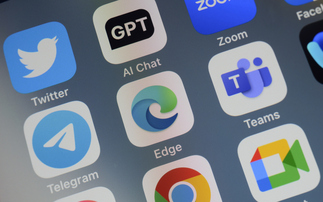New figures from Ofcom highlight inequality of broadband provision in the UK
The extent of the digital divide with in the UK has been laid bare by new figures from communications regulator Ofcom. It has published its first interactive broadband adoption map, which shows ...
To continue reading this article...
Join Computing
- Unlimited access to real-time news, analysis and opinion from the technology industry
- Receive important and breaking news in our daily newsletter
- Be the first to hear about our events and awards programmes
- Join live member only interviews with IT leaders at the ‘IT Lounge’; your chance to ask your burning tech questions and have them answered
- Access to the Computing Delta hub providing market intelligence and research
- Receive our members-only newsletter with exclusive opinion pieces from senior IT Leaders




















